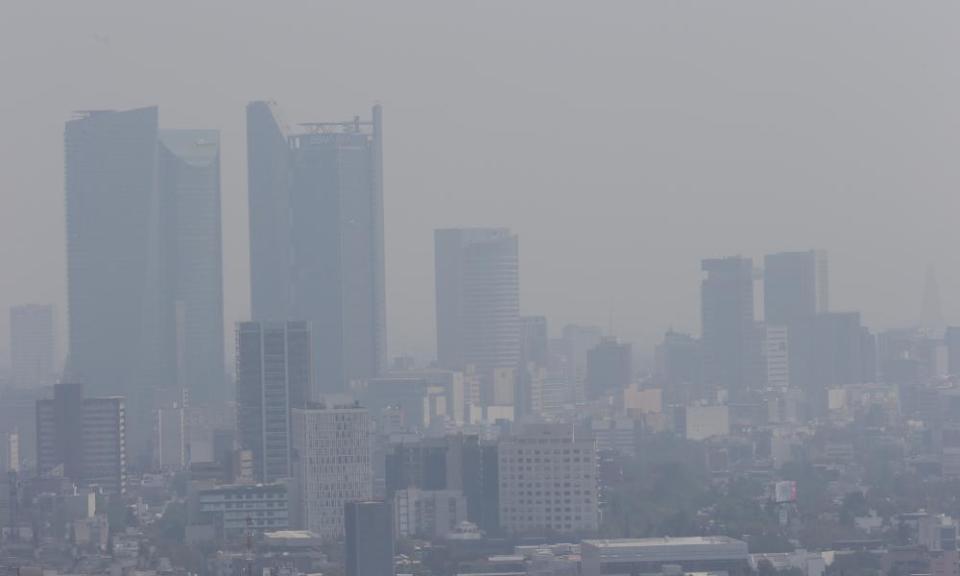Pollutionwatch: how sources of summertime smog are changing

On 26 July 1943, at the height of the second world war, people in Los Angeles thought they were under chemical gas attack as they experienced stinging eyes and rasping throats in what is now recognised as the first summer smogs. Once synonymous with Los Angeles, this is now known to be a serious problem in much cooler climates, including the UK. These smogs come from chemical reactions between a cocktail of pollutants over several days, driven by sunlight. One of the main pollutants is ozone. In the upper atmosphere it shields us from harmful ultraviolet light, but when breathed it is very harmful.
Ozone is very chemically reactive. Early measurement methods in Los Angeles included placing stretched rubber tubes outside every hour and waiting until cracks appeared. Sometimes it took as little as six minutes.
Data from the UK government shows that less traffic during the 2020 lockdowns made the problem worse in our urban areas. Although traffic contributes to these smogs, very fresh vehicle exhaust also consumes ozone. The 80% of us that live in urban areas experienced the worse ozone since the hot summers of 2006 and 2003, when summer smog was estimated to have caused up to 769 of the 2,000 heatwave deaths.
Health impact analysis in London suggests that these smogs result in hundreds of hospital admissions each year, especially for asthma. Ozone normally peaks in the afternoon, so simply shifting outdoor exercise to the mornings could reduce the impacts. This is especially important for school sports and endurance events. Los Angeles set up a system of smog warnings in the 1950s but air pollution is rarely mentioned in UK weather forecasts.
Ozone damages our crops too, including estimated global losses of 4-15% in wheat yields – amounting to $4bn to $16bn each year. This is especially problematic in India, Pakistan and Bangladesh where summer smog is worsening rapidly, and some locally grown crops might be especially vulnerable.
Pollution control starts at source. In the developed world the sources of summertime smog are changing. With better controls on industry, the products used in our homes such as solvents and the renewed growth in aerosol propellants are now having a greater impact. Globally, increases in methane, from fracking, agriculture and gas production, are adding to summer smog as well our climate emergency. International action is needed to control these sources. This needs to be on the table when global leaders meet at the forthcoming G20 and Cop26.

 Yahoo Movies
Yahoo Movies 